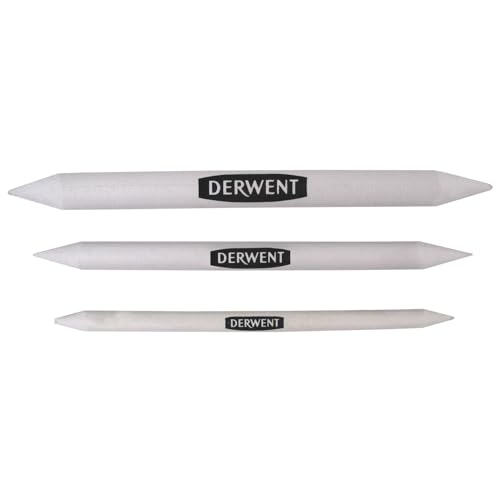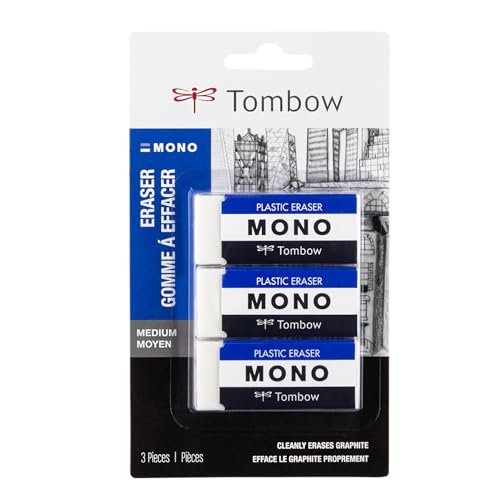Realistic portrait drawing is a difficult subject, requiring the artist to have good skills. It is not easy for someone with a basic level; however, it can be learned. You can improve your technique by studying and practicing on a regular basis.
I hope you can apply this method step by step to improve your realistic portrait drawings. Let’s get started!!!
Recommended Drawing Tools:
| Preview | Product | Rating | Price | |
|---|---|---|---|---|

|
Winsor & Newton Studio Collection Artist Pencils, Sketching Pencils, Set of 10 | No ratings yet |
$13.49 |
Buy on Amazon |

|
Paper Stump Blister | No ratings yet | $19.57 | Buy on Amazon |

|
Strathmore Medium Drawing Spiral Paper Pad 8"X10"-24 Sheets -400300 | No ratings yet |
$6.78 |
Buy on Amazon |

|
Tombow 57324 MONO Eraser, White, Medium, 3-Pack. Cleanly Removes Marks Without Damaging Paper | No ratings yet |
$5.67 |
Buy on Amazon |
1. Start with Basic Shapes
Make sure you have a soft pencil, preferably 4B or higher, to create the overall shape of the character’s head, neck, and shoulders. In this step, draw long, straight pencil strokes, and don’t rush into details.
Remember that the first step is important, and you don’t need to rush, by focusing on the basic shape, your drawing will have a solid structure. So, take your time, and be patient!
Once you have the shape of the head, neck, and shoulders, you can move on to the next step with confidence, knowing that you have a perfect beginning to your drawing.
2. Drawing the general shape
Then use straight lines to define the boundary between the head and neck, such as the chin, jaw, and ears. Continue drawing the general shape of the hair, and the collar, defining the shadow area under the chin and neck.
3. Add basic shadow
I will detail the approximate shape of the hair first, then the eyes and nose before shaping the mouth, ears and eyebrows. Don’t forget the neck and shoulders. The single light source in the top left corner, all objects have 3 basic values: light, medium and dark when exposed to light. Note that this step should not draw too many details
4. Continue add more shadow
Same as the previous step but we will draw more details. Use Charcoal to hatch the shadow areas of the head, such as the hair, the eye sockets, the base of the nose, continue into the dark shadow of the right cheek and other shadow areas.
5. Using a blending stump
Using a blending stump to push the charcoal on the drawing back and forth slightly until the tones blend together, which can help create a smooth and even surface layer. Besides, it’s also giving a smooth feeling to the character’s skin.
Note, that when selecting a blending stump, it is essential to ensure that the surface of the tool is clean to avoid dirtying of the drawing. This is an excellent technique to improve your drawings, give this technique a try and see the amazing results it can bring.
6. Used a Hard Pencil to redraw important details
Used a Hard Pencil (3B or less) to redraw important details with more clarity and sharpness. The edges of the chin and jawline are sharper while the shadows they cast on the neck have a softer edge.
7. Perfect your realistic portrait drawing
Continue to use a Hard Pencil (3B or less) to hatch the details of the face, the pencil strokes must follow the structure of the bones and muscles. Combining soft and hard lines or edges in the right places for the drawings.
Soft edges are used to describe the background or the musculars. Hard edges are used to describe the foreground or facial areas containing bones such as cheekbones, and jawline.
The far edge of the right cheek is softened while the edge of the left cheek is made harder to create the illusion of space. Do the same for other parts such as the neck, hair, and shoulders.
